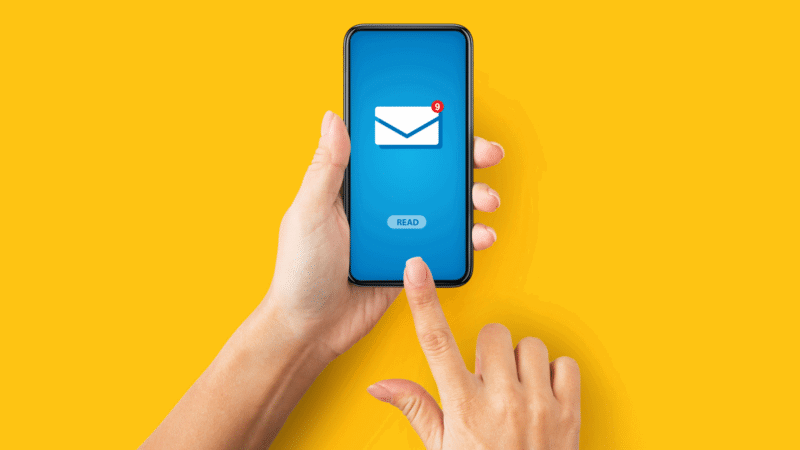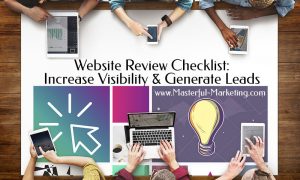Learn a smarter, template-driven approach to producing on-brand, personalized emails that work across devices and email clients.

Marketers short on time and/or resources have developed shortcuts to produce emails and the most common of those can seriously hurt performance. Fortunately, there’s an alternative that can help you with this. Also, you can improve performance by modifying your approach based on whether your company is CPG, ecommerce or B2B.
Common email shortcuts that hinder performance
First, let’s look at what you might be doing wrong.
Mistake: Image-based emails
The single biggest shortcut we see is that brands will resort to sending image-based emails, which means they don’t incorporate live text, dynamic elements or personalization. You can’t, for example, swap in specific images, customize text, dynamically insert loyalty points, etc.
Yes, an image-based design will be brand-approved and quicker to produce. Still, even beyond the creative restrictions and inability to personalize, that email will lose engagement from many people who won’t download email images in the first place. That and it’s not ADA-compliant at all.
Mistake: Poor rendering
Your email needs to look good on mobile and desktop — which, even in 2024, can’t be assumed. But these days, you consider and test how your emails render for different ESPs, devices and settings (i.e., dark and light modes).
I’ve also seen some brands put out super-streamlined, over-simplified templates that minimize rendering issues but don’t do the brand any favors. The best scenario is to create an on-brand and engaging design and include a stringent QA step that renders the email across all variables.
Mistake: Truncating
Gmail users will know what I mean here. Sometimes, an email will truncate before you get to the end of the text. That’s not from too much text; it’s from too much code. If you get a truncated message when you test how your emails render on Gmail, see if you can send the same amount of info using less code.
Building a better brand-friendly foundation for email creative
Creating compelling emails that render properly for your entire audience is time-intensive. Instead of starting over every time, I recommend a template approach: designing a template that includes email building blocks in a way that’s fully on brand, reviewed, approved, built to dynamically pull in unique content and tested to make sure it renders well across the variables described above.
That’s a lot of legwork upfront, but it’ll save incredible time over the long term. If you build a base of building blocks, the work is in choosing the right blocks and pulling in the right images — while avoiding the rendering and rigidity issues mentioned above.
Once you set up your foundational template, you can really up the personalization ante by pulling together a good archive of images to help you appeal to different audiences (e.g., kid-focused vs. general or group-focused vs. individual). Include a healthy mix of lifestyle images, images of the product in use, images of product bundles, etc., and you’ll have a lot of good options for aligning your email list segments with relevant email creative.
One more thing to consider is whether you’ll need different email themes. An SaaS company might need different designs for enterprise and free starter products, especially if the products carry different branding. That scenario is rare, but if you can identify different themes that need foundational creative work before building the emails, you’ll appreciate the prep work when the day comes.
Tweak your approach by vertical
Different verticals carry different audience expectations that you should integrate into your email designs.
- B2B relies more on process and explanation, which requires more text-heavy designs and dynamic visuals. (And since we just talked about rendering, B2B users are much more likely to use Outlook, so make sure that’s a platform you test consistently.)
- CPG is more about building the brand into the user’s lifestyle. For food brands, this might take the form of recipes.
- For brands with strong social positioning, good messaging around relevant holidays (e.g., Earth Day for an eco-friendly brand) is a smart play.
- For ecommerce, users will want to see CTAs, promotions and even what they left in their carts.
Crafting high-performing, brand-approved email designs
Putting out email campaigns in haste — or with scanty resources — is something to avoid when possible since that often leads to skipped QA and design shortcuts.
For those rare occasions when you do have to scramble, putting in the time now to build design blocks and ironclad QA processes will help you pull off high-performing campaigns in a pinch.
The post How to produce brand-approved email designs on time and on budget appeared first on MarTech.
(15)




